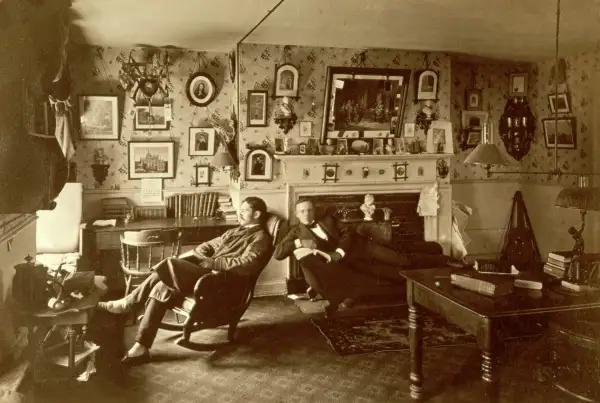Here's What College Cost 200 Years Ago

If you were heading off to college in 1816, you wouldn’t have had to worry about buying extra-long sheets, renting a mini-fridge, or packing a spare iPhone charger. You would, however, need to load up on candles and oil—the electric light bulb still being some 60 years in the future.
Plus, if you planned to hire a servant or bring one from home, as some 19th century collegians apparently did, you’d have to budget for his or her wages too.
Such was the cost of college 200 years ago, based on published figures for Harvard.
The breakdown, as reported in Charles Franklin Thwing’s History of Higher of Education in America (1906), included:
| Item | Annual cost in 1816-17 | In 2016 dollars |
|---|---|---|
| Room and board | $117 | $1,631 |
| Instruction | $57.50 | $802 |
| Textbooks | $15 | $209 |
| Clothes | $200 | $2,788 |
| Laundress | $24 | $335 |
| Candles, oil | $10 | $139 |
| Servant | $20 | $279 |
| Pocket money | $52 | $725 |
| Vacations | $60 | $836 |
| Misc. | $45 | $627 |
| TOTALS | $600.50 | $8,371 |
A year at Harvard runs a lot more than $8,371 these days, of course. The estimated cost of attendance for 2015-2016 is $64,400 to $69,600. On the other hand, because the university covers 100% of demonstrated need, it’s likely that a fair number of students and families pay considerably less than their fellow alumni of two centuries ago.
* Translation into today’s dollars is based on this formula published by the Federal Reserve Board of Minneapolis.
Related: What College Cost 100 Years Ago
